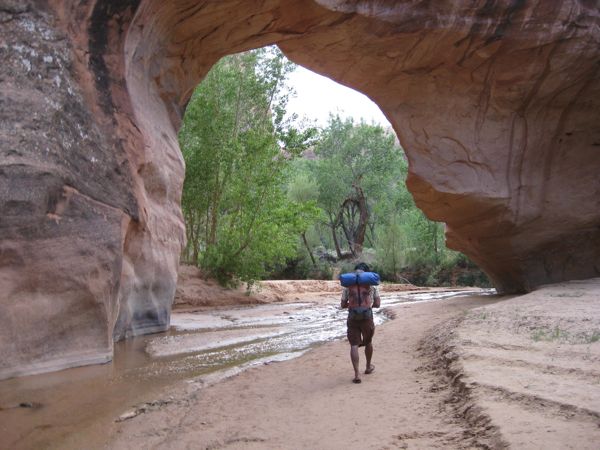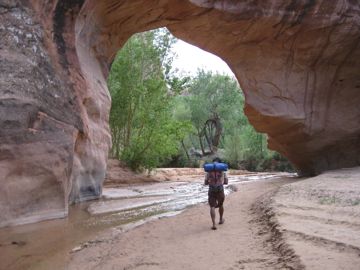 Photo by Author
Photo by AuthorTHERE IS NO ROOM in a fastpacker’s pack for comforts like Lexan wine glasses, solar showers, or gourmet trail food, so it’s certainly not for every backpacker. But by using a combination of trail running and hiking, fastpackers can travel upwards of 30 miles a day.

 Photo by Author
Photo by Author